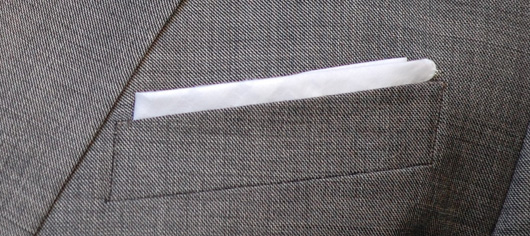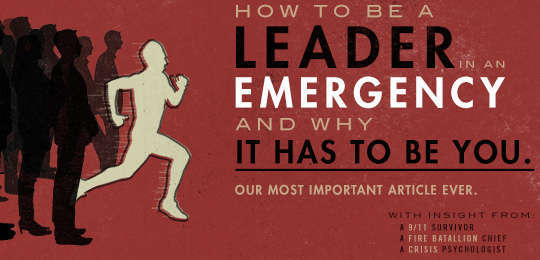When shopping, most people spend a lot of the time talking about the fit of clothing but often ignore the details of shoes and accessories. However, it would be a shame to have a great outfit ruined by a large belt or a loose tie. The fit of shoes is also of utmost importance, especially for those spending plenty of time on their feet.
Shoes
For shoes, comfort is king. Upon first wearing a shoe, it is sometimes difficult to tell whether light pressure indicates a good but snug fit, or whether it will cause pain after hours of wear. If you have any doubt, err on the side of caution. Between brands, and even within brands, shoes frequently fit differently, so always try on multiple sizes (in both length and width) to determine your optimal fit.
Feet don’t always match in size—if this sounds like you, opt for the shoe that fits the larger foot comfortably. For dress shoes, some stores have free shoe-stretching services that may aid your comfort. Even though sizing for shoes is mostly comfort related, there are a few tells just by looking at the shoe. For instance, if you can see the outline of your large toe through the shoe, it is most likely too small. Additionally, if the sides of your feet appear to be pressing at the sides of the shoe, it may not be wide enough. The contours of your foot should never be obvious through the shoe.
Lastly, keep in mind that you can use insoles, heel liners, and other inserts to make a larger shoe fit better, but a smaller shoe is not always likely to stretch enough.
Belt
A casual belt should measure about 1.5 inches wide, while a dress belt should be a touch more narrow–closer to 1.3 inches. A belt should fit as slim as your pant waist. Optimally, a belt will sit at your waist comfortably, and will neither cut into you nor fall down your hips. Belts, of course, are usually much longer than your simple waist size. Most people should avoid any belts that go past the belt’s belt loop more than a couple of inches.
When sizing a belt, the leather itself is commonly approximately 2” larger than the listed size, which gives you a couple of extra belt holes for room.
Watches and Bracelets
A watch or a bracelet should not be so slim that it constricts your wrist or becomes uncomfortable, however it should not be so loose that it slides about your arm. It should fit such that it stays in the area of your wrist, from your palm to your wrist bone. This is easy to achieve with an adjustable leather wristband, but you may need links added or removed in a metal watchband. If, after adjusting the leather to fit your wrist, there is excess leather hanging out of the strap-keeper, you likely need a smaller leather strap.
Although these are good rules for watches as well as bracelets, note that due to both their casual nature and their novelty in men’s style, it is fine if you bend these rules when it comes to bracelets.
Scarves
Scarves are a bit of a free-for-all. They can be tied high about your neck, or simply hang with no knot at all. There are dozens of different knots, but it’s easiest to stick with the most classic knots such as a Parisian knot, the Ascot, Once-Around, Twice-Around, or Over-the-Shoulder. Feel free to wear scarves loose or tight, as it suits your style and the weather. Here’s a great article on Art of Manliess that covers the different tying methods.
Ties
Conservative dress ties are usually 3” wide. Casual ties can be much skinner than this. A tie should not be tighter than the shirt collar, nor should it be looser. It should be sufficiently tight so that the knot is covering the buttons of the collar while still allowing air flow. The tie should be tied long enough that the bottom tip sits just at the center of the belt. Wider ties are intended for wider lapels, and thinner ties for thinner lapels. Wider collars also tend to harbor larger knots, and more pointed collars should contain smaller knots.
Pocket Squares
It is best if the pocket square is folded so that it spans the entire pocket. A pocket square should peak out of a pocket half an inch to an inch. It should not appear to be bursting or flowing out of the pocket. The simplest folds are the easiest to pull off well, so be careful if you are attempting more complicated folds. Simple folds, like the puff or TV fold are also most likely to stay in place properly.
Ending Notes
When considering fit, do not ignore the details. Due to their proximity to the face, ties, pocket squares and scarves are a focal point and should be placed just right. Concerning comfort, little else exceeds the importance of the fit of a good pair of shoes. Save yourself the pain, and buy yourself comfortable shoes the first time – take no chances. However maybe you like hanging belts, loose ties, or explosive pocket squares; feel free to bend these guidelines as it fits your personal style.



















